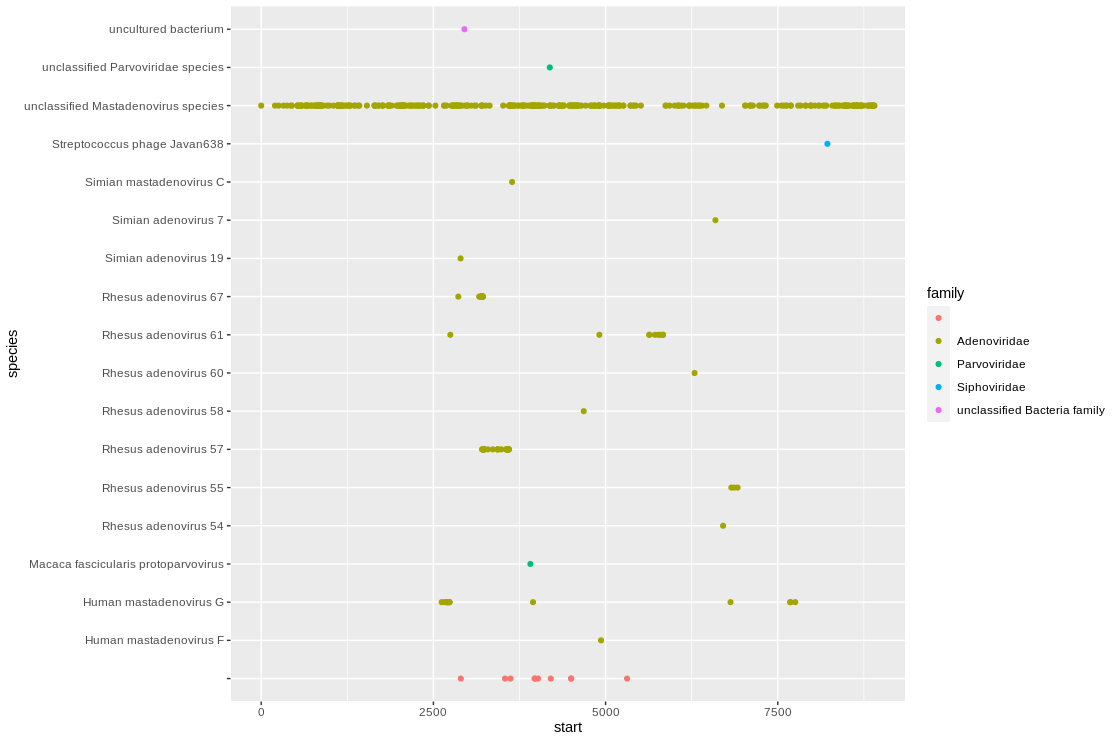

Histones H2A and H2B, and H3 and H4, unite as heterodimers to form octamer “beads” that are-together with the wound DNA-called nucleosomes. 9 This stunning packaging is achieved by winding the DNA-like thread around a histone spool. The most prominent of these proteins are histones histone polypeptides facilitate the efficient packing of two meters of human DNA into a ≈ 10-μm-diameter nucleus. Long, contiguous DNA polymers are packaged into discrete units called chromosomes, which are made of chromatin, a fibrous combination of DNA and DNA-binding proteins. Jan Lammerding, in Progress in Molecular Biology and Translational Science, 2014 2.1 Chromatin and chromosome territories If 80,000 clones were constructed, about 48 million different sequences would have to be assembled into the complete genome.Īshley Kaminski.

In order to sequence each of these large clones, approximately 600 reactions would have to be performed, assuming about 500 base pairs per reaction. The human genome of 3×10 9 bp would give 10,000 cloned fragments of 300,000 bp (the maximum size for BAC/YAC inserts)-even without the 6- to 8-fold redundancy necessary to ensure complete coverage. However, comparing large numbers of clones by such methods is slow and tedious when tackling very large genomes. Other methods include screening the cloned contigs for similarities in restriction profiles and repetitive elements. As described above for closing the gaps left after shotgun sequencing, hybridization and PCR methods are used to identify the overlapping fragments. Very large genomes may be broken up into large fragments that are cloned using YACs or BACs and then sequenced by the shotgun approach.Īfter sequencing the individual cloned fragments, the next problem is to identify the overlapping regions among the clones. SyntenyĬonservation of gene content, order, and orientation between chromosomes of different species. Mate pair reads are a pair of sequences derived from the 5′ and 3′ ends of a single clone. ScaffoldsĪ set of contigs that are ordered, oriented, and positioned with respect to each other by mate pair reads. Genes in different species that originated from a single genetic locus in the last common ancestor. Heterologous chromosomesĬhromosomes that do not belong to the same pair. Pair of chromosomes with the same biological features and which contain the same genes at the same loci, although the alleles can differ. HaplotypeĬombination of alleles at multiple loci on one chromosome that tend to be inherited together. ESTĮxpressed sequence tag-single-pass sequence derived from the 5′ or 3′ end of a clone selected randomly from a cDNA library. The average number of times a genomic segment is represented in a collection of clones or sequence reads.
#Sequencher contig color series#
Contiguous sequence generated by overlapping series of sequence reads.


 0 kommentar(er)
0 kommentar(er)
